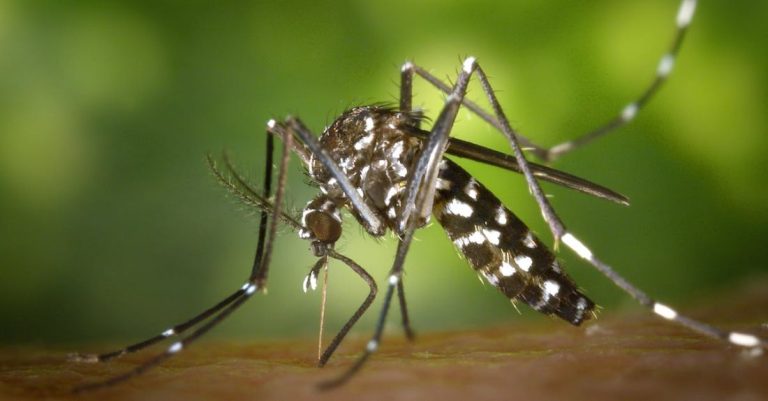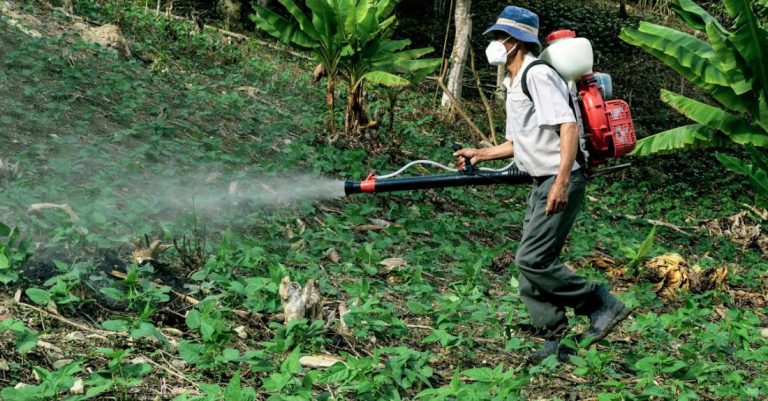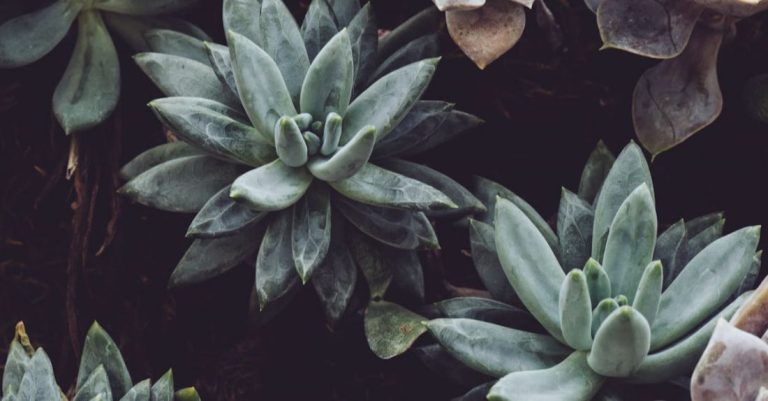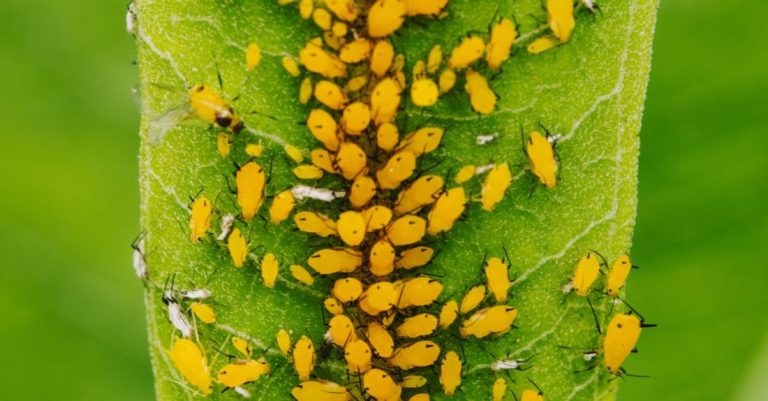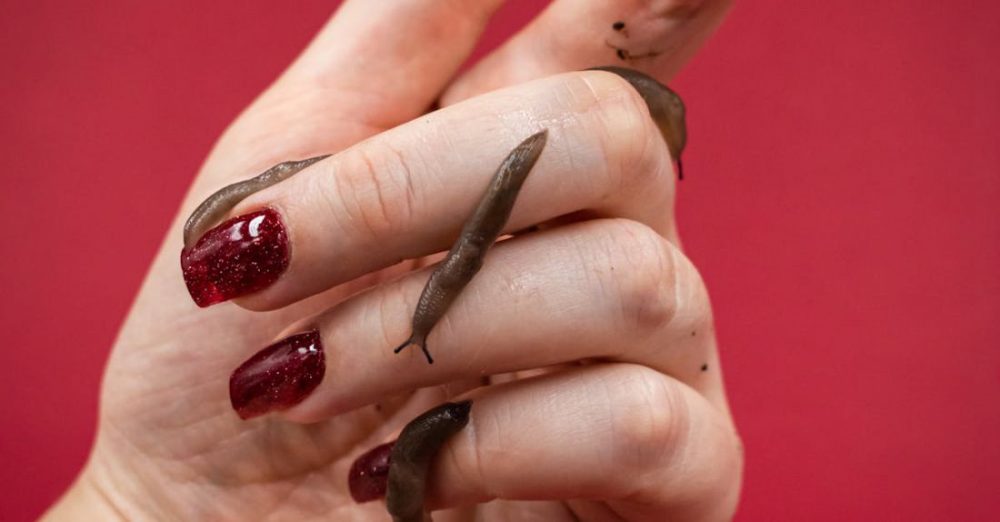
Slugs and snails can wreak havoc on your garden, leaving a trail of destruction in their wake. These slimy creatures can devour your plants overnight, turning your lush greenery into a feast for their appetites. If you’re tired of battling these pests and want to protect your garden, here are some effective strategies to prevent slugs and snails from wreaking havoc on your plants.
Identifying the Enemy
Before you can effectively combat slugs and snails in your garden, it’s essential to be able to identify them. Slugs are soft-bodied creatures without shells, while snails have shells on their backs. Both of these pests are most active during the night and on damp, rainy days. By knowing what you’re up against, you can better tailor your prevention methods to target these specific pests.
Maintain a Clean Garden
One of the best ways to prevent slugs and snails from infesting your garden is to keep it clean and tidy. Remove any debris, such as fallen leaves and branches, as these provide hiding spots for these pests. By maintaining a clean garden, you can reduce the areas where slugs and snails can thrive, making it less inviting for them to take up residence in your garden.
Use Natural Barriers
Creating natural barriers around your plants can help deter slugs and snails from reaching them. Materials like copper tape or crushed eggshells placed around the base of your plants can act as a barrier that these pests are reluctant to cross. The sharp edges of these materials irritate the soft bodies of slugs and snails, deterring them from feasting on your plants.
Encourage Natural Predators
Introducing natural predators into your garden can help keep the slug and snail population in check. Birds, frogs, toads, and ground beetles are all natural predators of these pests and can help reduce their numbers. By creating a welcoming environment for these predators, such as providing bird feeders or building a pond for frogs and toads, you can encourage them to frequent your garden and help control the slug and snail population.
Water in the Morning
Slugs and snails are most active during the night and early morning when the garden is damp. By watering your garden in the morning, you give the soil a chance to dry out during the day, making it less hospitable for these pests. Avoid overwatering your plants, as excessive moisture creates an ideal environment for slugs and snails to thrive.
Plant Slug-Resistant Plants
Some plants are more resistant to slugs and snails than others. By choosing plants that are less appealing to these pests, you can reduce the risk of infestation in your garden. Plants with thick, leathery leaves or strong scents, such as lavender, rosemary, and geraniums, are less likely to be targeted by slugs and snails. Incorporating these plants into your garden can help deter these pests and keep your garden thriving.
Regularly Inspect Your Garden
To stay on top of any potential slug or snail infestations, make it a habit to regularly inspect your garden for signs of damage. Look for slime trails, holes in leaves, and missing foliage, as these are common indicators of slug and snail activity. By catching any infestations early, you can take swift action to prevent further damage to your plants.
Conclusion: Say Goodbye to Slugs and Snails
By implementing these preventative measures, you can protect your garden from the destructive forces of slugs and snails. With a little bit of effort and vigilance, you can create a garden that is less inviting to these pests, allowing your plants to thrive and flourish. So, bid farewell to slugs and snails and enjoy a beautiful, pest-free garden all season long.
